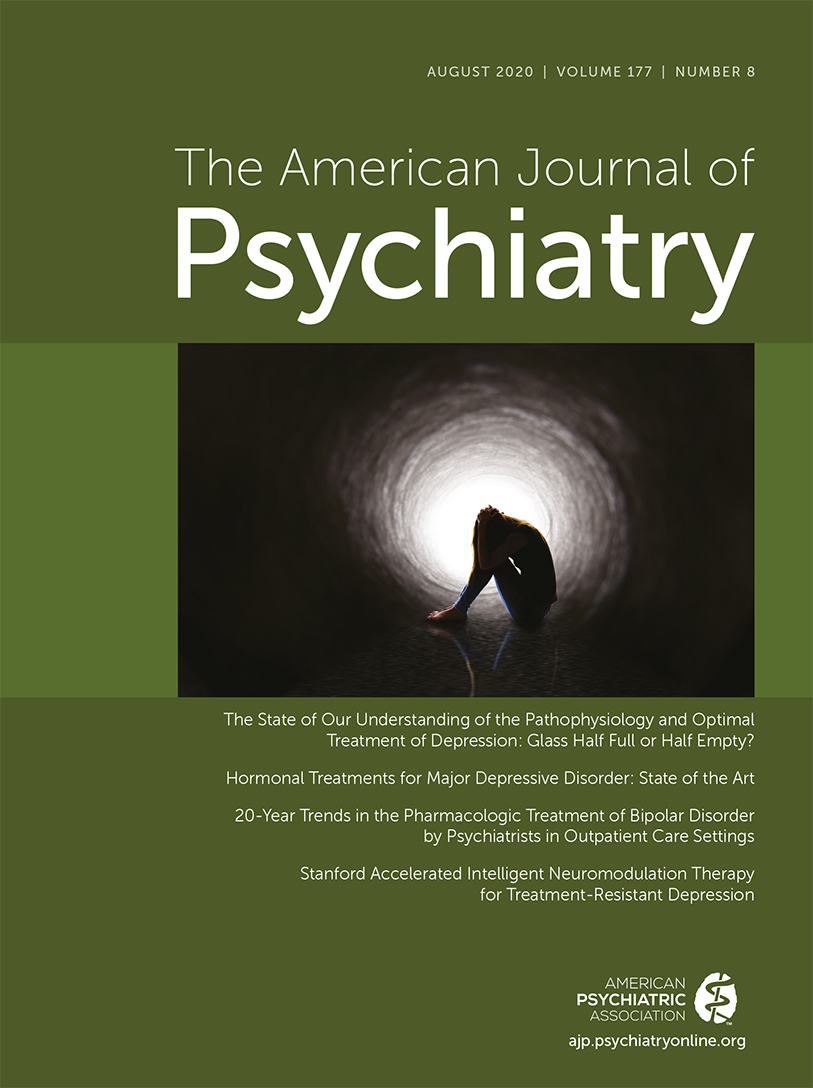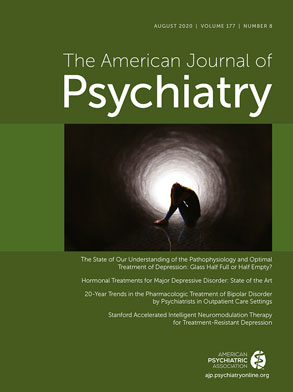T
o the E
ditor: The study of transgender individuals by Bränström and Pachankis claims to demonstrate a reduction in mental health treatment utilization after gender-affirming surgery but, in fact, demonstrates no such thing (
1).
The only result they present that they claim is statistically significant is that there is an association between years since last gender-affirming surgery and recent mental health treatment (adjusted odds ratio=0.92, 95% CI=0.87–0.98). This result makes no sense as it stands because analysis of a quantitative measure against an outcome does not produce an odds ratio. Presumably, the authors must mean that each year since surgery is associated with an odds ratio of 0.92. There are also discrepancies between the data discussed in the text and in the tables. For example, the authors quote the percentage of patients with gender incongruence who received no treatment as 29% in the text but 29.6% in Table 3 and, more importantly, the percentage of patients who received surgery as 48% in the text but only 38.0% in the table. However, the key statistical criticism is that they have failed to carry out standard corrections for multiple testing. As they tested two interventions, hormone treatment and surgery, against two outcomes, mental health treatment and suicide attempts, they performed four tests. Because the upper confidence interval that they quote is very close to 1, it is obvious that if appropriate correction for multiple testing had been applied, then none of the results would have been deemed significant.
When one views the data on which these analyses are based, as presented in Figure 1 in the article, some very clear features emerge. First, there is obviously no general correlation between the outcomes and time since surgery. Rather, a spike in suicide attempts is seen in the year after surgery (in 2.8% of the patients), which falls off over the next 1–2 years, and to a lesser extent, there is also a spike in the proportion of patients receiving mental health treatment in the first year, going up to 45.3%. There is also a low rate of mental health treatment among patients who received surgery 10 or more years earlier. This may reflect the fact that in the past, patients with mental health problems would have been less likely to be offered surgery.
The study confirms the strong association between psychiatric morbidity and the experience of incongruity between gender identity and biological sex. However, the study does not demonstrate that either hormonal treatment or surgery has any effect on this morbidity. It seems that the main message of this article is that the incidence of mental health problems and suicide attempts is especially high in the year after the completion of gender-affirming surgery and that increased support in this period might be indicated.

